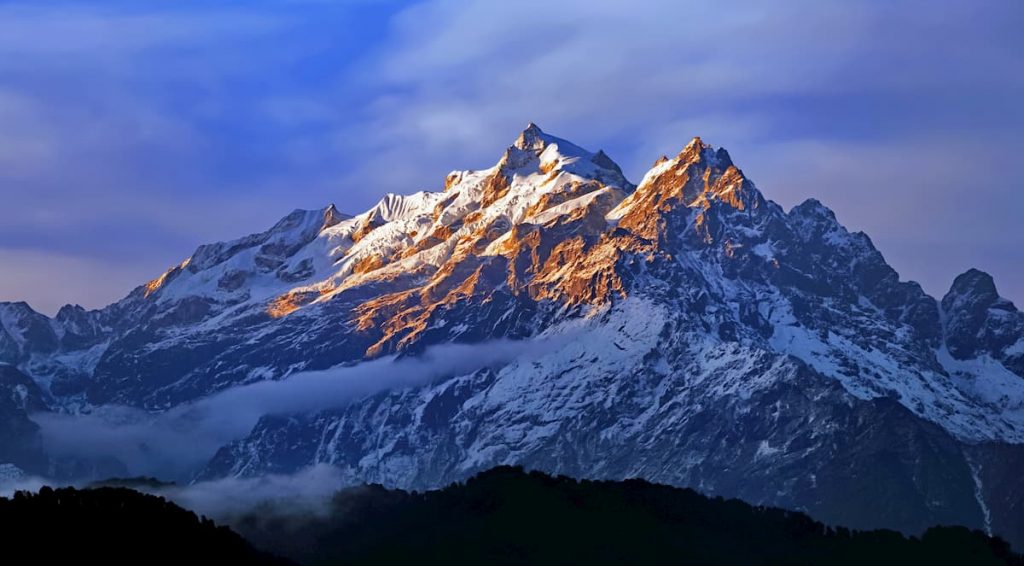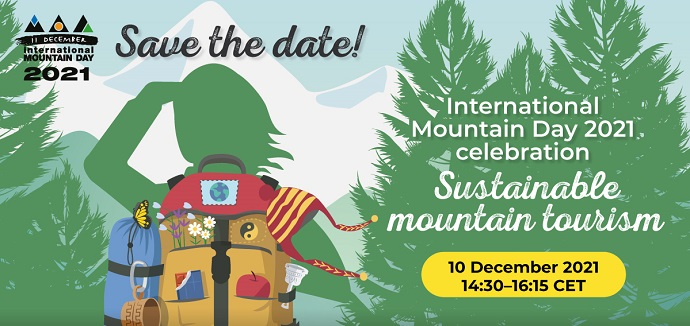As everyone knows Hiking is one of the most popular hobbies in the world. According to the Statista Research Department, close to 59 million people in the United States participated in hiking activities at least once in 2021. Apart from hiking, there are so many other mountain-related activities in the world such as camping, etc. As the size, there is massive content to talk about them including the mountains’ biology, importance, and development.
What is a mountain?
A mountain is an elevated part of the Earth’s crust, usually with steep sides that show significant exposed rock. Mountains are more prominent than hills, which are taller and steeper than hills. Rarely, they do form individually. In most cases, they form to make long ranges or chains. Such range arrays form mountain belts.
Mountains are formed through tectonic forces, erosion, and volcanism. After the formation of a mountain ends, it is slowly flattened through weathering, slumping, and other acts of mass wasting.
They have different climates and tend to include colder weather, wetter weather, and thinner air than land at sea level and nearby flat land.


Types of mountains
There are 4 main types of mountains classified according to the formation process.
Fold mountains – Due to the collision of tectonic plates, which are the split sections of the earth’s crust, some push the land upwards to form mountains.
Volcanic mountains – Volcanism, which means the eruption of openings in the Earth’s crust directed downward, which are volcanoes, releases large amounts of molten material over time to reach massive heights up to tens of millions of years and are sometimes called mountains. ex: Mount Fuji in Japan
Block mountains – Block mountains form due to the block between the two faults created in the Earth’s crust by the tension and compression forces that do not subside while the crust on either side of the block subsidies.
Residual mountains – Pieces of land hard enough to resist denudation of the Earth’s crust by the wind, moving water, erosion, and weathering, transform into residual mountains. ex: Mount Monadnock in the USA

Ecology of mountains
The mountains usually lack hospitality to plants and animals. The climate there is cold and windy and the air pressure in high altitudes is low. This leads to evolutionary adaptations to highly distant migration, including thick, multi-layered coats on the snow, and the seasonal migration of animals.
Therefore, there are very few species that can live on the mountains, such as Ibex, mountain goat, mountain gorilla, chinchilla, alpine marmot, lynx, golden eagle, Vicuña and Himalayan Tahr, snow leopard, Andean condor, bighorn sheep. Plants that are able to grow include grass, bushes, alpine flowers, mosses, and lichens. Above the snow line, almost no growth is seen.
Importance of mountains
They are the “water towers” in the world, which provide 60-80% of all freshwater resources available to our planet. Many people depend on mountain environments for maintaining water, energy, wood, biodiversity and entertainment, and spiritual renewal. It provides a habitat for animals and some plants. Mountain biodiversity plays a key role in global environmental, economic, social, and cultural sectors, including invasive species, air pollution, climate change, mining, hydropower, tourism, forest, and agriculture.
International mountain day
Climate change and overexploitation threaten the formation of mountains. As the global climate continues to warm, the people living in these ecosystems face an even greater struggle for survival. Rising temperatures mean mountain glaciers are melting at an unprecedented rate, affecting freshwater supplies for millions of people.
Increased attention to the importance of mountains led the United Nations to declare 2002 the United Nations International Year of Mountains. December 11, “International Mountain Day”, was designated by the United Nations General Assembly in 2003 to raise awareness of the importance of mountains to life, highlight opportunities and constraints in mountain development, and build alliances that effect positive change.
Sunday, December 11, 2022; The 20th anniversary of International Mountain Day is being celebrated with the aim of “encouraging the international community to organize events at all levels on that day to highlight the importance of sustainable mountain development”.
Most recently, the United Nations declared 2022 as the International Year of Sustainable Mountain Development and the theme of International Mountain Day 2022 is “Women Move Mountains”.

The threats to the mountains are threats to the entire world. In order to get rid of these, let’s reduce our carbon footprint and take care of these natural treasures.
Written By:
K. A. Kavindana Nirmani,
2nd Year Undergraduate,
Biological Science Stream,
Faculty of Science,
University of Colombo.
References:
- Statista. (2022, December 9). Hiking participation in the U.S. 2010-2021. https://www.statista.com/statistics/191240/participants-in-hiking-in-the-us-since-2006/
- Smith, J. M. B. (1999, May 27). mountain ecosystem | ecology. Encyclopedia Britannica. https://www.britannica.com/science/mountain-ecosystem
- United Nations. (n.d.-a). International Mountain Day. https://www.un.org/en/observances/mountain-day
Image Courtesy:
- Title Image: https://bit.ly/3iKLy0S
- 1st Content Image: https://bit.ly/3VEFoxL
- 2nd Content Image: https://bit.ly/3Hk5cuV
- 3rd Content Image: https://bit.ly/3UGWQ3D
- 4th Content Image: https://bit.ly/3iNbEAr



0 Comments